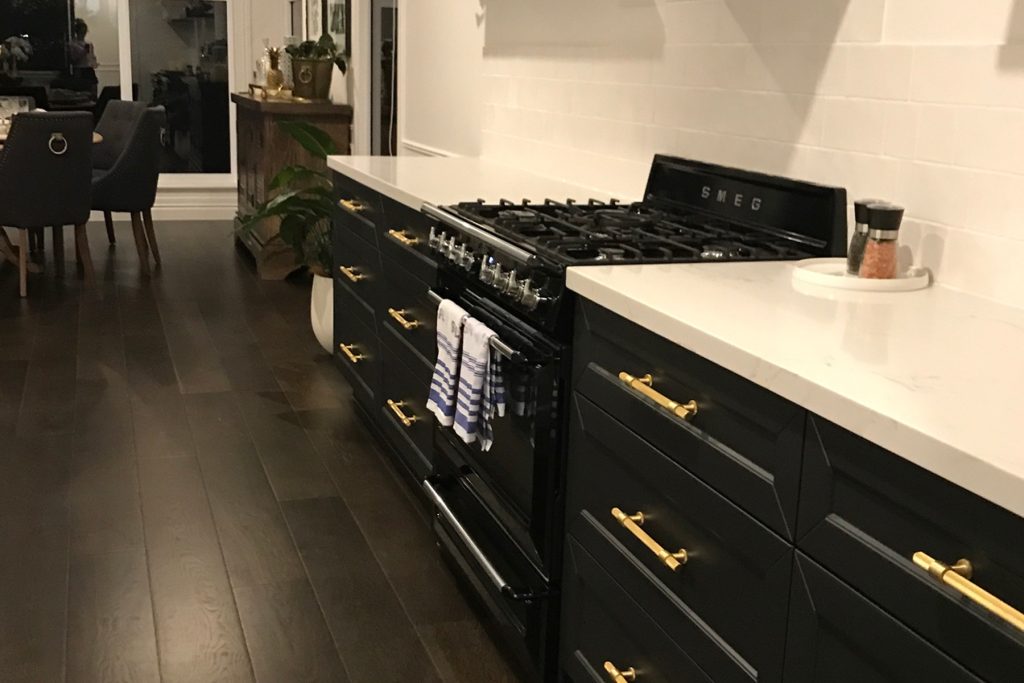The Science of Clean: Exploring the Chemistry Behind Effective Airbnb Cleaning

Behind every sparkling clean Airbnb room lays the fascinating world of chemistry. Understanding the science of cleaning can revolutionise your cleaning routine, making it more efficient and effective. Here’s an insight into the chemistry behind effective Airbnb cleaning:
1. Surfactants and emulsifiers: Surfactants are compounds that break down and lift dirt, grease and grime from surfaces. Emulsifiers help mix oil-based substances with water, making them easier to remove. These ingredients are the backbone of most cleaning products.
2. pH balance: Different surfaces and stains require specific pH levels for effective cleaning. Acidic solutions (low pH) work well on mineral deposits, while alkaline solutions (high pH) tackle grease and oil. Understanding pH will help you choose the right cleaner for the job.
3. Enzymatic cleaning: Enzymes are nature’s catalysts that break down complex molecules into simpler forms. Enzymatic cleaners use these biological molecules to target specific stains such as protein-based stains (blood, food) and biological waste (urine).
4. Oxidation: Oxidation reactions involve the transfer of oxygen atoms, which can break down stains and odours. Hydrogen peroxide and ozone based cleaners use oxidation to remove stubborn stains and sanitise surfaces.
5. Antibacterial agents: Antibacterial and antimicrobial agents inhibit the growth of bacteria, fungi and viruses. These agents are found in disinfectants and provide a hygienic environment for your guests.
6. Solvents: Solvents dissolve substances so that they can be easily removed. Alcohol-based solvents are effective against ink and certain stains, while water-based solvents are used in many cleaning solutions.
7. Chemical reactions: Many cleaning processes involve chemical reactions. For example, baking soda (sodium bicarbonate) reacts with acids to produce carbon dioxide, which helps to dissolve dirt. Vinegar (acetic acid) reacts with baking soda to produce a foaming effect that helps scrubbing.
8. Microorganisms and probiotics: Probiotic cleaners use beneficial bacteria to break down organic matter and outcompete harmful microorganisms. These cleaners can leave a healthier microbial balance on surfaces.
9. Chelating agents: Chelating agents bind to metal ions, preventing them from causing stains or corrosion. They are found in lime scale and rust removers and provide a shiny finish.
10. Mechanical action: Mechanical action, such as scrubbing or wiping, helps to remove particles from surfaces. Detergents combined with physical agitation result in more effective removal of dirt.
Understanding the science of cleaning enables you to make informed choices about cleaning products, techniques and their applications. It allows you to choose the right tools and chemicals for different surfaces and stains, ensuring not only a visually clean space, but also a hygienic and safe environment for your guests. By delving into the chemistry of cleaning, you can elevate your Airbnb cleaning routine to a science-backed art that leaves your space immaculate and inviting.

Tweed Heads Airbnb Cleaning
Owners and managers of short-term AirBnB rentals can optimise their time and energy by letting us manage the cleaning of your property. Holiday Property Service has teams of professional holiday rental cleaners in Tweed Heads, NSW, as well as the Gold Coast, Brisbane, Toowoomba and the Sunshine Coast.

Contact Us
Contact us today to discuss your AirBnB cleaning and AirBnB Hire Linen requirements, as well as your need for Guest consumables: 1300 477 937 or hello@holidaypropertyservice.com.au
Next Article: The Ultimate AirBnB Cleaning Checklist: A comprehensive guide to ensure every nook and cranny of your AirBnB is spotless before guests arrive
Back to: AirBnB Cleaning Articles


